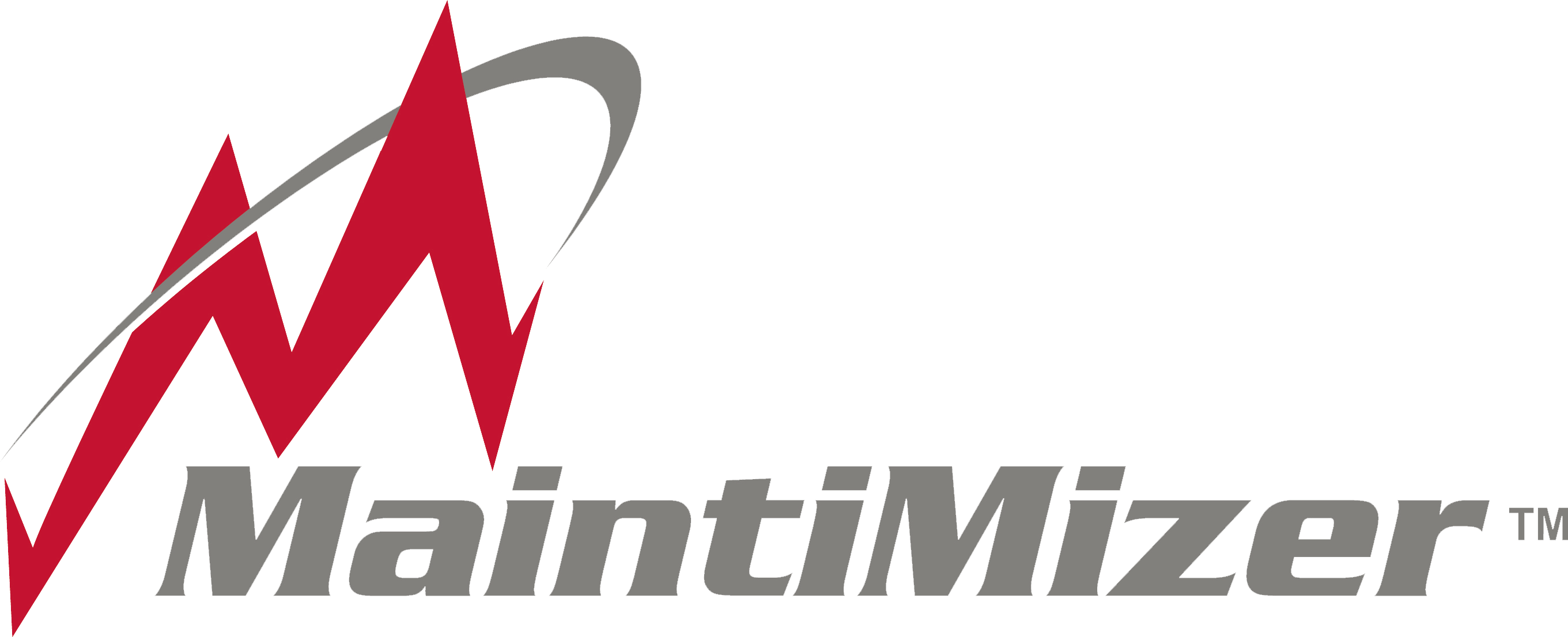TRIUMPH is a global leader in the aerospace industry that offers design, production, and service for aircraft systems and components, including actuation, fuel systems, hydraulics, geared solutions, and MRO services for OEMs and carriers. TRIUMPH offers an extensive portfolio of maintenance, repair, and overhaul solutions for structures and airframe and engine accessories. From servicing our own products to being a third-party MRO business that supports the military and commercial and regional markets, TRIUMPH brings a new level of excellence to the aerospace industry.
Being a leader in any industry comes with a certain set of standards. You must be diligent, efficient, and effective. You must be able to set the standard high and be willing to achieve it every time. The problem TRIUMPH was facing with this is that each facility had its own computerized maintenance management system (CMMS), terminology for identifying work types, statuses, priority codes, equipment data codes, and standard operating procedures (SOPs). Making maintenance decisions difficult and justifying equipment repair/replacement challenging. As a result, the Triumph Corporate Engineering Team needed a solution to support a streamlined and centralized maintenance practice for their facilities. This would allow them to work together efficiently and continue bringing excellence to the aerospace industry.
Solution:
When TRIUMPH Group Corporate, visited the Triumph Gear Solutions in Macomb, MI for MaintiMizer best practices and training with the local team, they identified other problems they were facing that could be streamlined with MaintiMizer. They then asked if MaintiMizer could serve as a corporation-wide solution, which meant not only bringing MaintiMizer™ to each of their sister facilities, but also standardizing data codes, terminology, SOPs and more. As well as installing MaintiMizer at their headquarters in Irving, TX, where all data from each facility could be pooled and used to make corporation-wide decisions. This allowed each facility to make their parts inventory visible across facilities, which cuts down on expedited shipping prices from vendors, and keeps a lower volume of high value stock on hand. Next, they standardized category and downtime codes corporate wide to create a more useful Meantime Between Failures (MTBF) report for similar machines at each location and using that intelligence to influence their preventative maintenance (PM) schedule, thereby reducing unplanned downtime. These two points alone were a big savings point for TRIUMPH.
Over the next few years, TRIUMPH and Ashcom will be working closely together to bring MaintiMizer into each facility, implement the changes needed, and standardize their maintenance processes. TRIUMPH, along with Ashcom, is excited to get this project underway and see all the positive changes it will bring to their company and bottom line.

